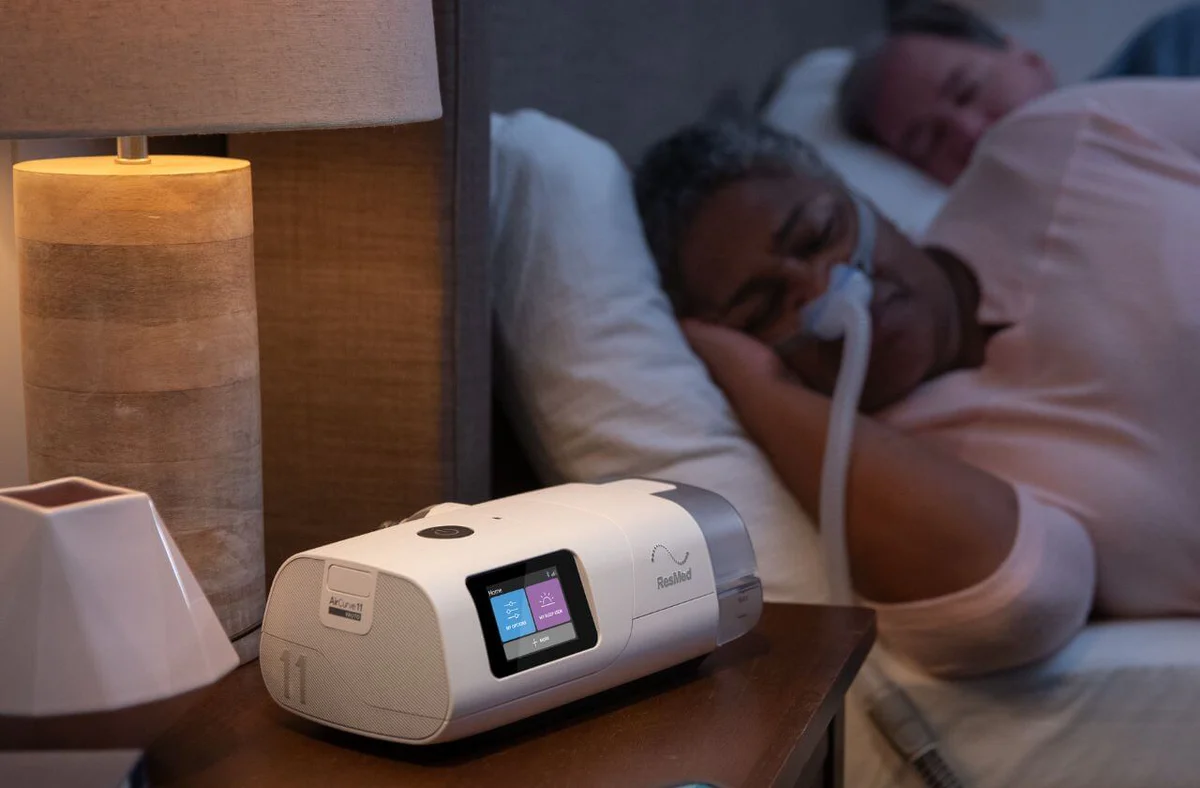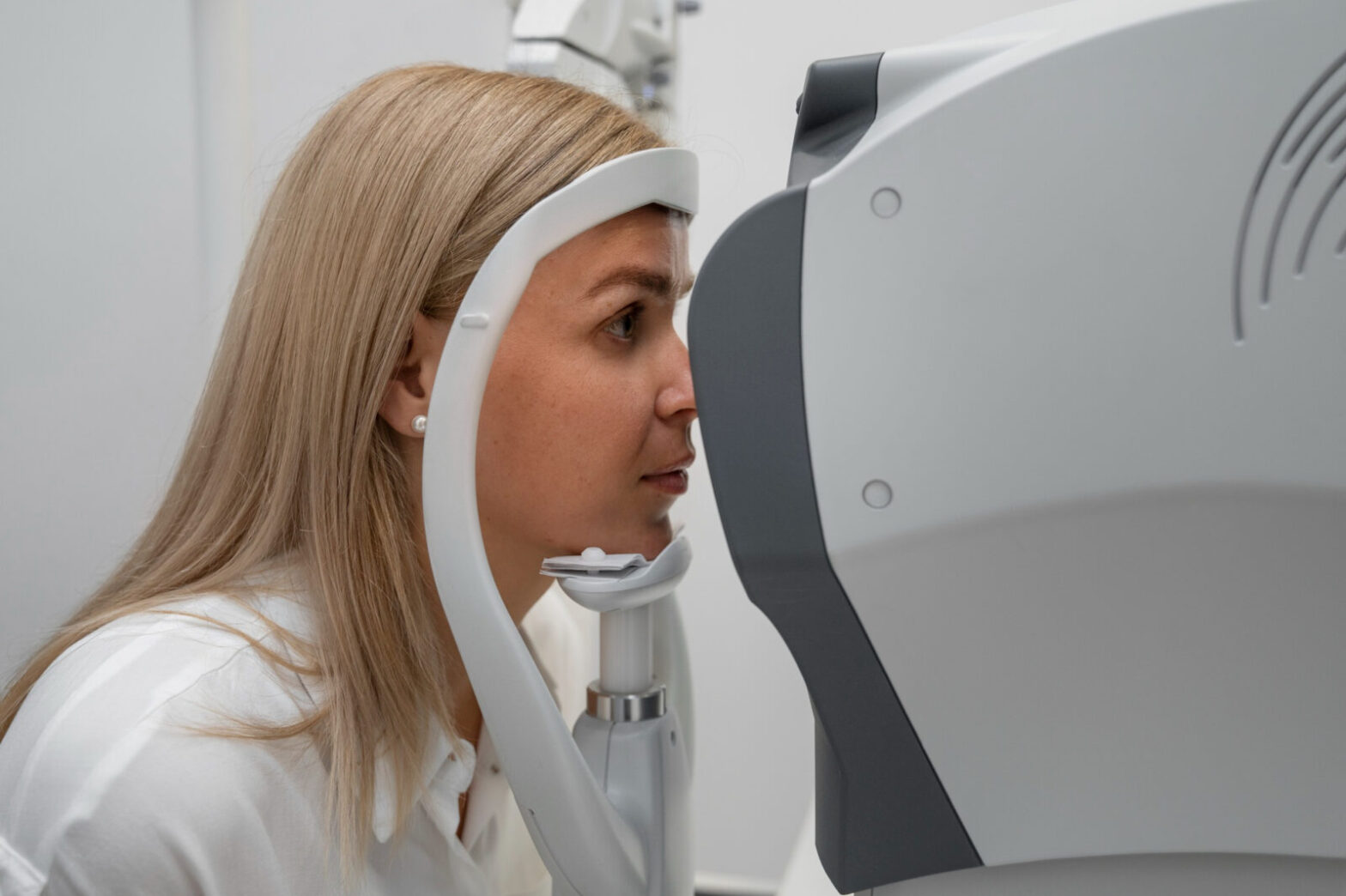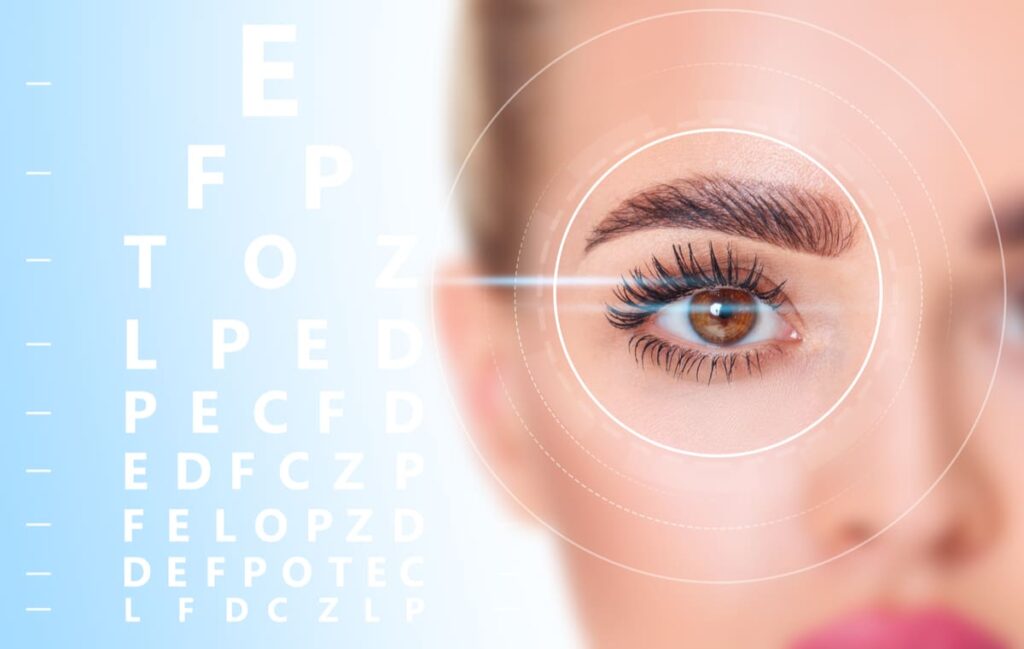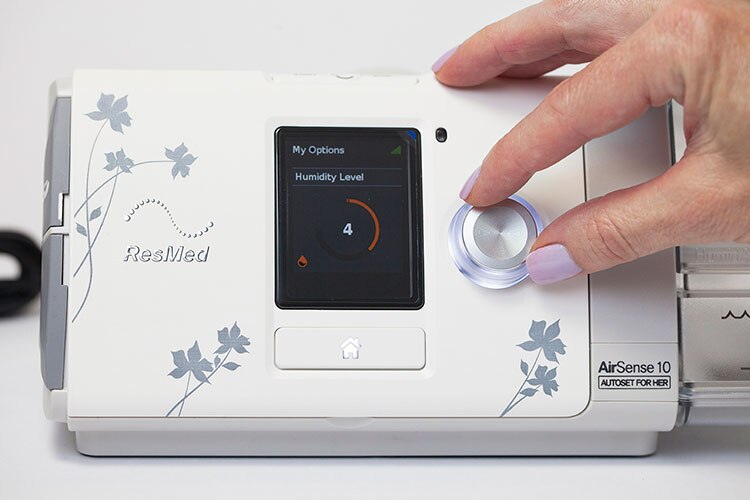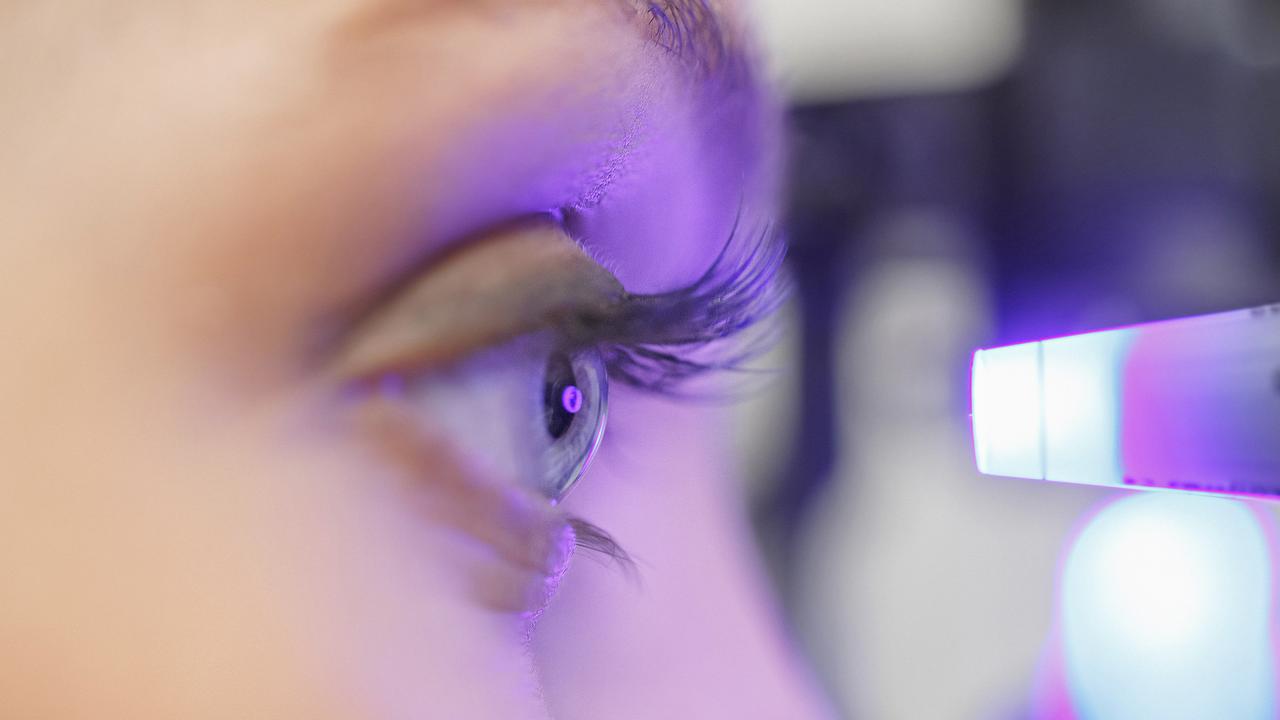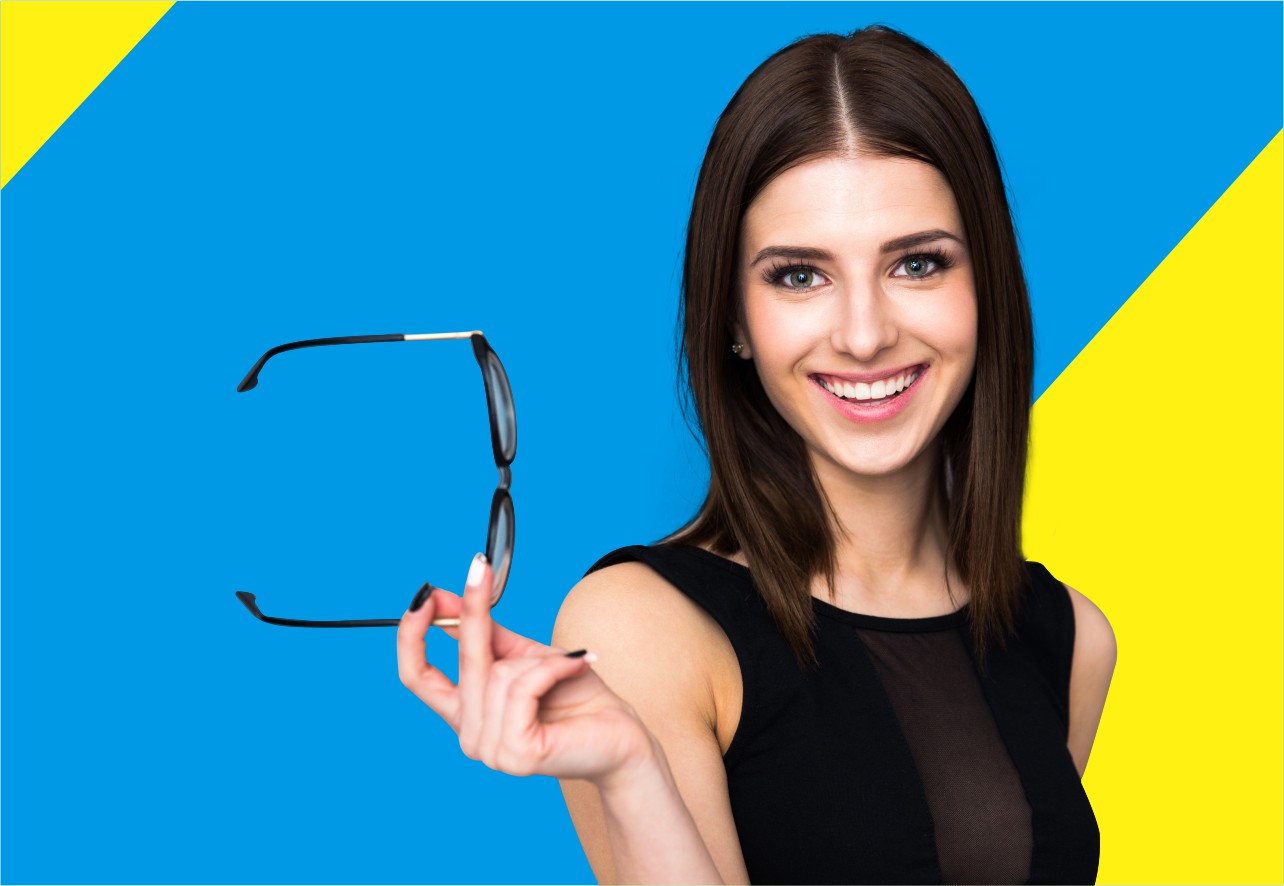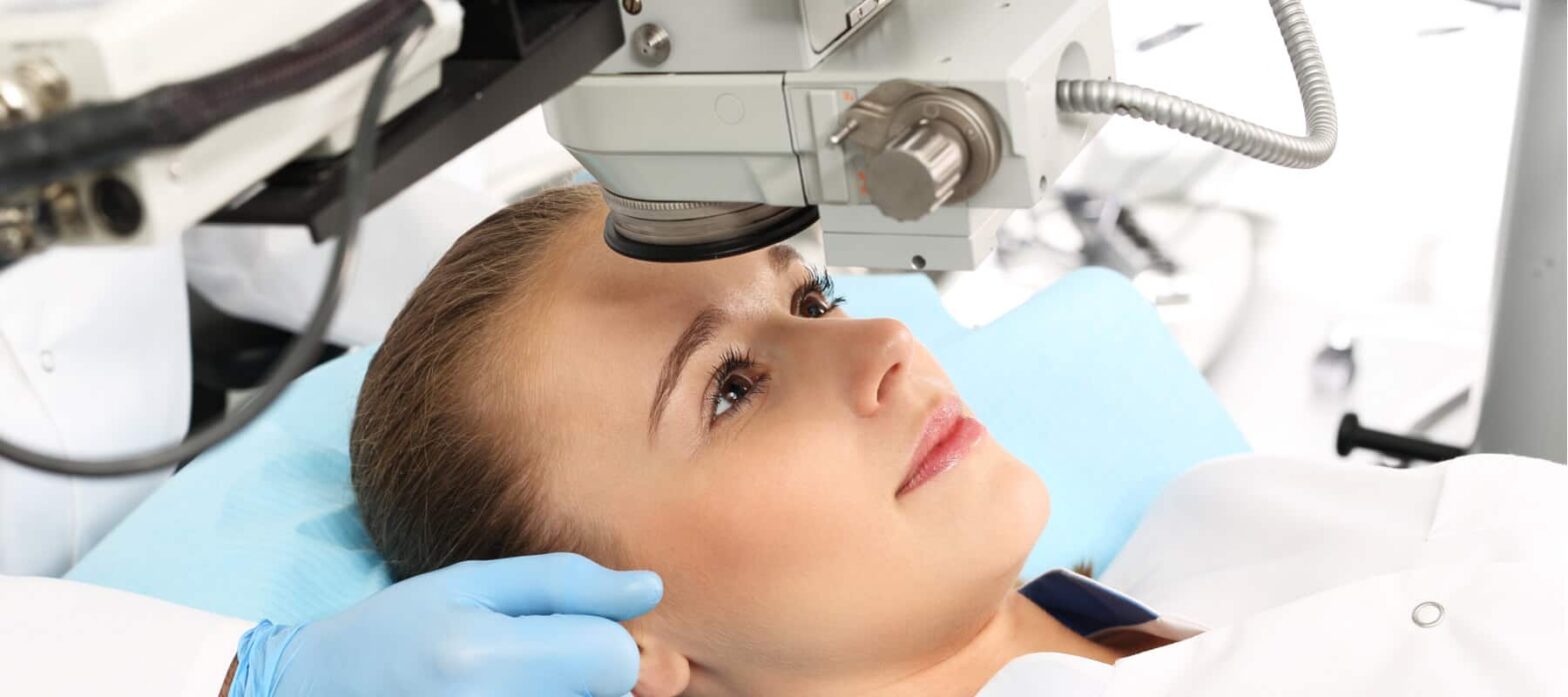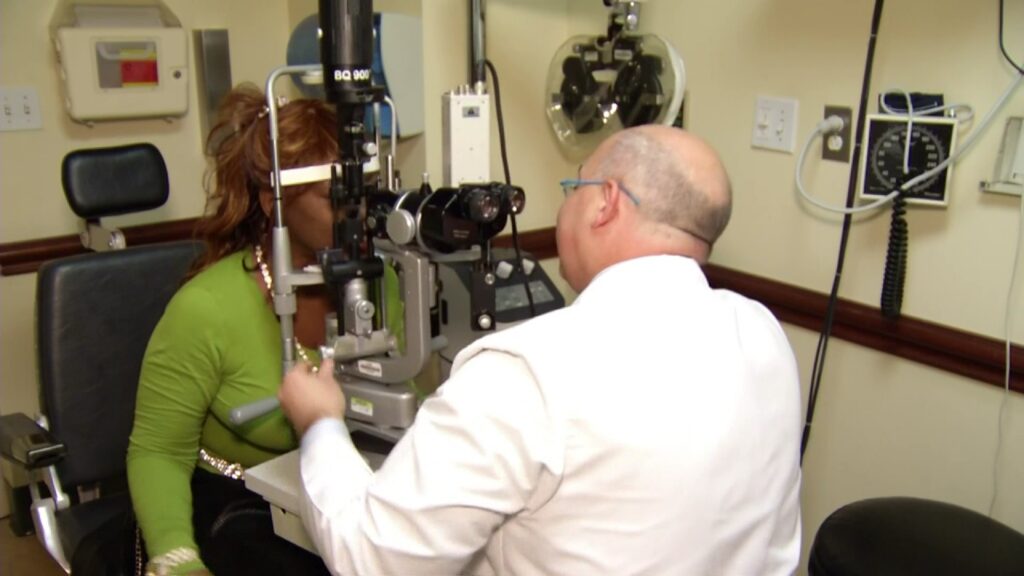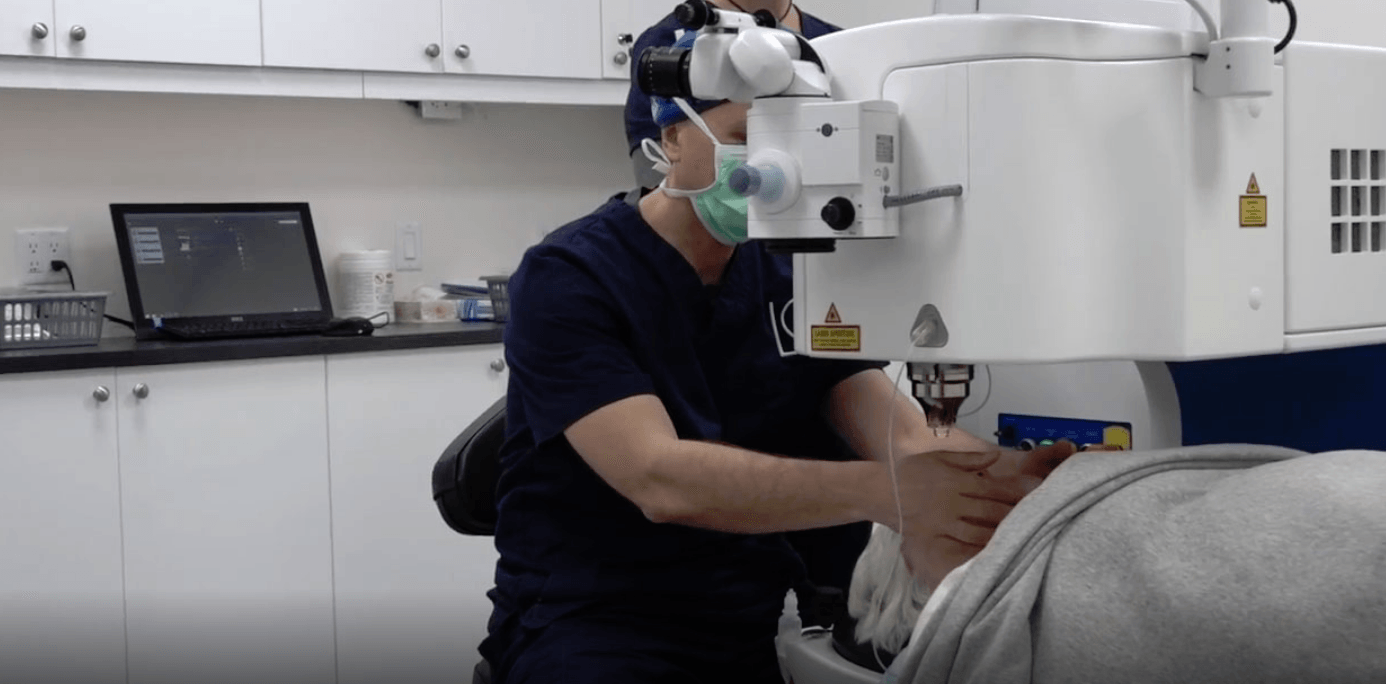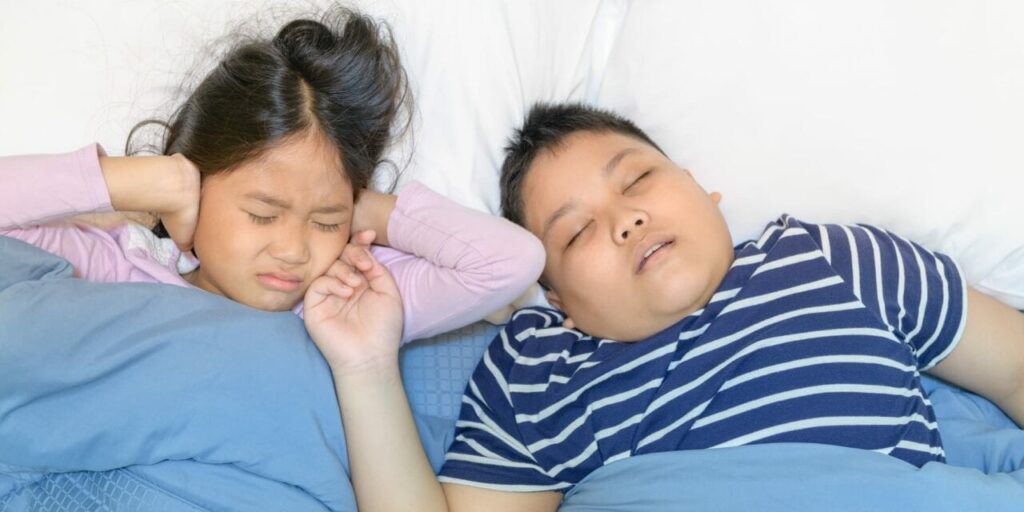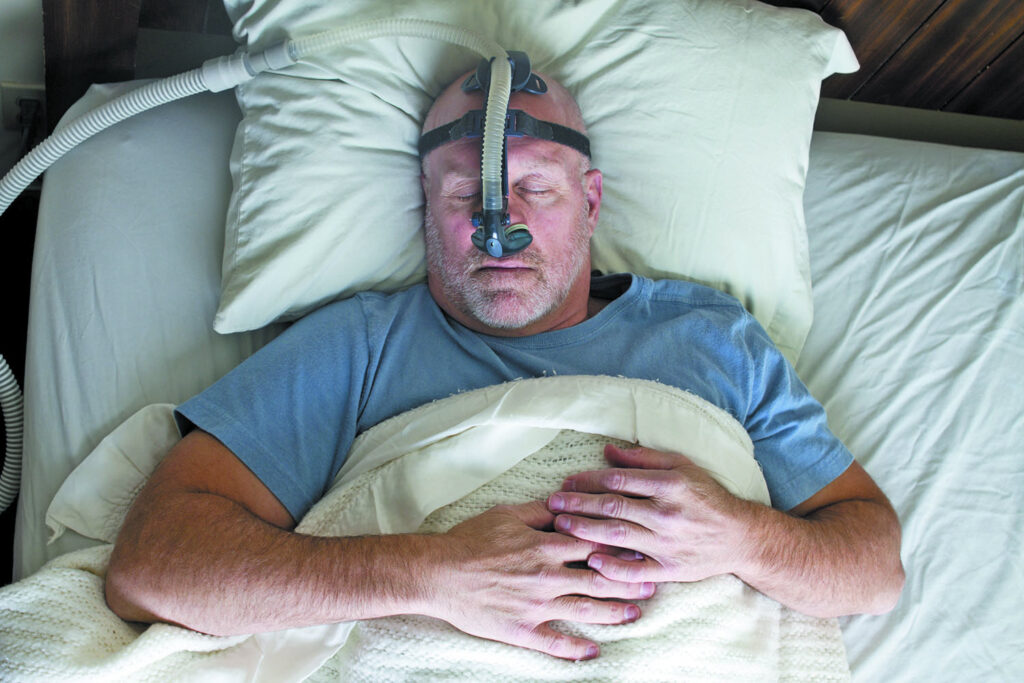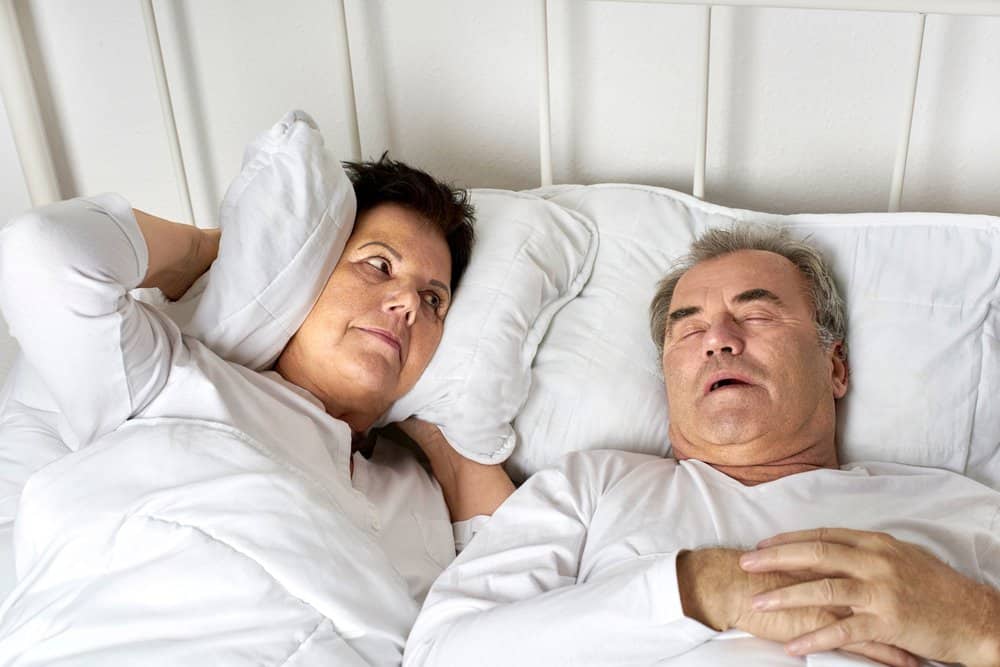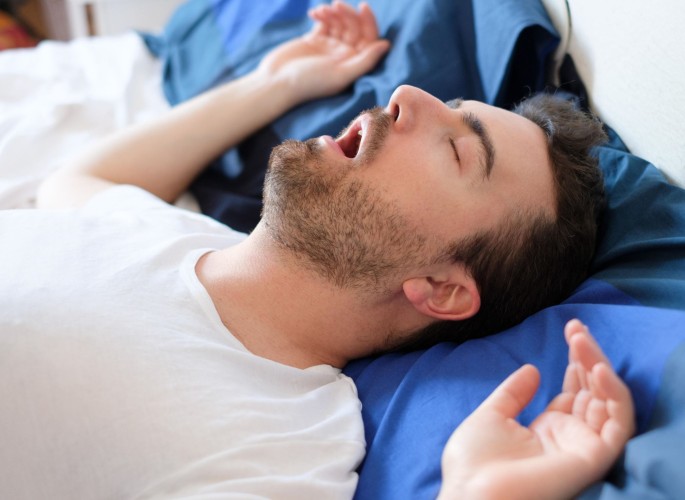Continuous Positive Airway Pressure (CPAP) machines have become a crucial part of treatment for individuals suffering from sleep apnea. With the advent of online shopping, consumers can now find a variety of options at their fingertips. However, navigating the world of online CPAP machine shopping can be daunting without the right information. This guide will provide key insights into choosing the best CPAP machine online while ensuring quality and value for your money.
Understanding CPAP Machines
Before diving into the purchase process, it’s crucial to understand what CPAP machines are and how they function. These devices help deliver a steady stream of air to keep the airway open during sleep, mitigating the risks and discomforts associated with sleep apnea. Sleep apnea is a common disorder that affects millions of people worldwide, leading to serious health complications if left untreated. By understanding the mechanics and benefits of CPAP machines, individuals can make informed decisions about their health and wellness.
By adhering to these guidelines, you can make well-informed decisions when purchasing CPAP machines online, ensuring both quality and excellent value for your investment.
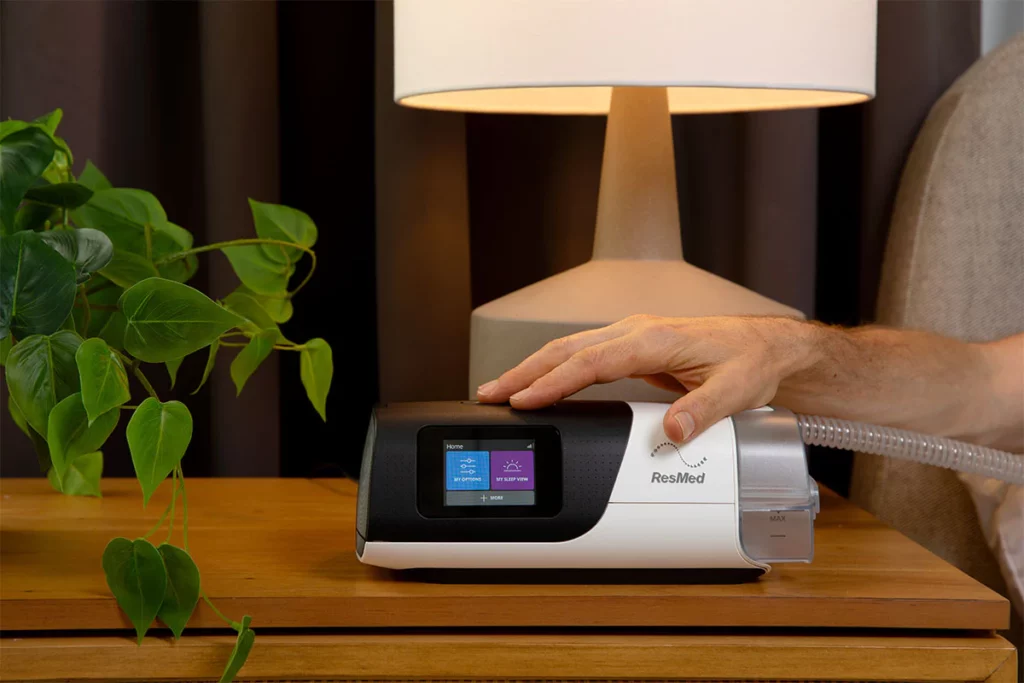
What is a CPAP Machine?
A CPAP machine delivers continuous airflow through a mask that the patient wears while sleeping. This airflow prevents the airway from collapsing, allowing for uninterrupted sleep cycles. CPAP machines can vary in design and functionality, but the primary goal remains the same: to promote better oxygen flow and improve overall sleep quality. Many modern CPAP machines come equipped with advanced features such as automatic pressure adjustments, humidifiers to prevent dryness, and even connectivity options that allow users to track their sleep patterns via smartphone apps. This technological evolution has made CPAP therapy more user-friendly and effective, encouraging adherence to treatment.
Importance of CPAP Machines for Sleep Apnea
For those diagnosed with obstructive sleep apnea, CPAP machines are often recommended as the first line of treatment. These devices help alleviate symptoms like loud snoring, daytime fatigue, and other health issues that can arise from disrupted sleep. With consistent use, patients often report enhanced sleep quality and a significant improvement in their overall well-being. Additionally, studies have shown that effective CPAP therapy can reduce the risk of cardiovascular problems, such as hypertension and heart disease, which are commonly associated with untreated sleep apnea. The psychological benefits are equally notable; patients frequently experience improved mood and cognitive function, leading to a more productive and fulfilling daily life.
Factors to Consider When Buying CPAP Machines Online
Investing in a CPAP machine is an important decision that affects health and quality of life. Here are some essential factors to consider before making a purchase online.
Evaluating Machine Features
CPAP machines come equipped with a variety of features designed for comfort and ease of use. When evaluating options, consider the following:
- Adjustable Pressure Settings: Look for machines that allow for custom pressure adjustments to accommodate your specific needs.
- Ramp Feature: A ramp feature gradually increases air pressure, helping you fall asleep more comfortably.
- Humidifier: Some models come with integrated humidifiers that can help prevent dryness in the airways.
Assessing these features will help ensure you find a machine that suits your unique preferences. Additionally, consider the noise level of the machine; quieter models can significantly enhance your sleep experience and minimize disturbances for your partner. Some advanced machines also offer data tracking capabilities, allowing you to monitor your usage and effectiveness over time, which can be particularly beneficial for discussions with your healthcare provider. Read more about disturbances at https://webpages.uidaho.edu/learn/ecology/lessons/lesson06/6_1.htm
Considering the Brand Reputation
Brand reputation plays a significant role in the quality and reliability of CPAP machines. Well-known brands are often backed by years of research and customer satisfaction. It’s advisable to look for brands that have proven track records and are recommended by healthcare professionals. Research customer reviews, industry awards, and clinical endorsements to gauge a brand’s reliability. Furthermore, consider the availability of customer support and warranty options. Brands that offer robust customer service can make a significant difference in your overall experience, especially if you encounter any issues or have questions about your machine.
Understanding Pricing and Value
CPAP machines can vary significantly in price, ranging from budget-friendly options to high-end models packed with advanced features. It’s important to balance quality with budget:
- Set a Budget: Determine your budget beforehand, but be open to spending a bit more for a model that aligns better with your needs.
- Compare Pricing: Don’t settle for the first price you see. Exploring various retailers can lead to discovering better deals.
- Check for Included Accessories: Ensure that the price includes essential parts, like masks and hoses, which can drive up the overall cost.
Always consider the value you are receiving relative to the price you pay. In addition to the initial cost of the machine, factor in the long-term expenses associated with replacement parts and accessories, such as filters and masks, which may need to be replaced regularly. Some retailers offer subscription services for these items, which can provide convenience and potentially save you money over time. Lastly, check if your health insurance plan covers any part of the CPAP machine cost, as this can significantly impact your overall expenditure.
Tips for Finding the Best Deals Online
Once you understand what to look for in a CPAP machine, you can focus on finding the best prices available online. Here are some useful tips to maximize your savings.
Utilizing Price Comparison Tools
Price comparison websites can be incredibly advantageous, allowing you to quickly see different prices across various online retailers. These tools help streamline your search by highlighting discounts and special offers. Additionally, don’t overlook price history tools that can provide insights into whether you’re getting the best price at that moment. Some websites even allow you to set alerts for price drops on specific items, ensuring you never miss a great deal.
Taking Advantage of Online Sales and Discounts
Online platforms frequently offer promotions and discounts, especially during holiday seasons or special events. Keep an eye out for:
- Seasonal Sales: Major holidays often yield significant discounts on health equipment.
- Email Subscriptions: Many retailers offer exclusive discounts to subscribers, making it worthwhile to sign up.
- Bundle Offers: Consider purchasing additional accessories along with your CPAP machine for a package deal.
Utilizing these opportunities can significantly reduce your overall expenditure. Furthermore, consider joining loyalty programs offered by some retailers. These programs often reward repeat customers with points that can be redeemed for future purchases, effectively giving you a discount on your next buy. Additionally, following your favorite brands on social media can provide access to flash sales and exclusive promotions that may not be advertised elsewhere.
Another strategy to consider is leveraging cashback websites. By making your purchases through these platforms, you can earn a percentage of your spending back, which can add up over time. Some credit cards also offer cashback on online purchases, so it’s worth checking if your card has such benefits. Combining these methods will not only enhance your savings but also ensure that you are making informed decisions while shopping for essential health equipment like CPAP machines.
Ensuring Quality When Shopping Online
Ensuring quality is crucial when purchasing health-related equipment online. Here are some strategies to verify the integrity and quality of the products you intend to buy.

Reading Product Reviews and Ratings
Prior to making a purchase, delve into product reviews from other users. Detailed reviews can provide insights into how well the machine performs in real-life applications. Look for patterns in reviews highlighting issues or particularly praised features, as these can significantly inform your purchase decision.
Checking the Product Warranty
Always check the warranty provided with your CPAP machine. A comprehensive warranty not only protects your investment but also reflects the manufacturer’s confidence in their product. Look for warranties that cover a reasonable time frame and include service options for repairs.
Verifying Seller Authenticity
Finally, ensure that you are purchasing from reputable sellers. Check for verified seller badges and reviews. Websites that offer secure payment options, return policies, and customer support can also help safeguard against fraudulent transactions and ensure a satisfactory shopping experience.
Maintaining Your CPAP Machine
After acquiring your CPAP machine, proper maintenance becomes essential to extend its life and ensure optimal performance. Regular maintenance can also impact your health positively. Click here to read more about maintenance.
Regular Cleaning and Maintenance Tips
Cleaning your CPAP machine is vital for preventing infections and enhancing the machine’s longevity. Here are key maintenance tips:
- Daily Maintenance: Rinse the mask and hose with warm water daily and allow them to air dry.
- Weekly Cleaning: Soak the mask, hose, and water chamber in a mild detergent solution weekly.
- Replacing Parts: Regularly replace filters and other components according to the manufacturer’s guidelines.
When to Consider a Replacement
While CPAP machines are durable, there will come a time when replacement is necessary. Keep an eye out for:
- Age of the Machine: Most machines last several years, but check the manufacturer’s recommendations for lifespan.
- Declining Performance: If you notice consistent issues with airflow or discomfort, it may be time for a replacement.
- Technological Advancements: Newer models may offer features that enhance your treatment experience. Consider upgrading if feasible.
Read more at: Buy CPAP Machines from the Comfort of Your Home: The Best Online Options
